Introduction
Editor’s note: “New energy pit avoidance guide” is a limited-time column launched by Garage 42 in the spring. In this series, we will review the development process of new energy vehicles mainly from new force brands from the perspective of marketing and operation, and explore and analyze the underlying logic of many strategies and models. We also hope to present the profound changes brought by new forces and new energy to the automotive industry beyond products and technology. This column will be updated every Wednesday.
Bluehyper, a specially invited contributor, has over ten years of marketing experience in the automotive industry and has been deeply involved in the construction of new force operation system.
“We are selling directly from the factory without discounts,” this is the most common response that new energy salespeople have when facing user bargaining. Therefore, in the minds of consumers, “car direct sales” and “one price” are equivalent. But is this “one price” expensive or cheap? In addition to price factors, what are the benefits of purchasing vehicles through direct sales channels? The answers to these questions are not necessarily clear to most users.
Before the rise of new forces, the dealership model had always been considered the only solution in the Chinese automobile market. However, in the context of the rapid growth of new force sales and profits pioneered by Tesla, new and old automobile companies seemed to see another possibility. However, can direct sales really increase product sales and profits? How to do direct sales? What are the key points? These questions have been lingering in the minds of these car companies.
The historical background of the development of the dealership model as an accelerator
When you walk into a supermarket downstairs, you will realize that you bought the goods from the dealer’s hands; but when you walk into a 4S store with a huge brand logo, you often only think that you have bought a car directly from a certain brand. However, in most scenarios in the Chinese automobile market, this is not the case. These luxuriously decorated, bright and tidy 4S stores are often only authorized dealers of brands.
The dealership model has always been the mainstream model in the Chinese automobile market. As a manufacturer, automobile companies wholesale vehicles to dealers, who then sell them to users. So every month when we look at the sales rankings, we are always puzzled by different metrics such as order volume, wholesale volume, retail volume, delivery volume, insured volume, and licensed volume.
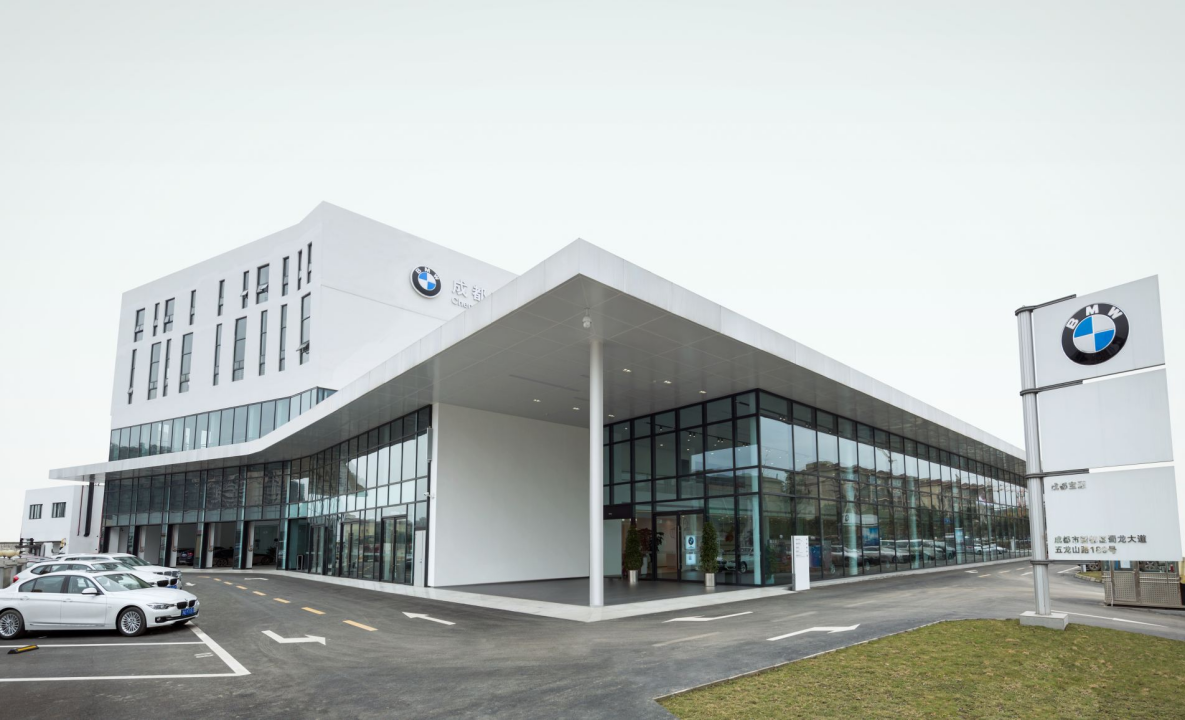
In today’s highly developed e-commerce platforms, more and more consumer products have opened their own stores on Tmall and JD.com, selling products directly to users. The reason why the dealership system can develop to this day and still be mainstream is due to historical and industry factors.Firstly, manufacturers cannot directly reach end-users. In the early days, due to the lack of information flow, sales mainly relied on offline stores and salespersons. However, due to the strong professional attributes of cars, manufacturers cannot afford the cost of so many exclusive stores and full-time salespeople to sell vehicles as they cannot rely on part-time sales like insurance companies. Therefore, manufacturers must find dealers who have local resources and are willing to bear a certain investment to sell vehicles.
Secondly, there is a contradiction between constant production capacity and uncertain sales volume. As a highly demanding industrial product in the supply chain, the difficulty of manufacturing vehicles determines that strong stability is required from planning logistics to production pace. However, the demand for cars is not stable and has obvious seasonal fluctuations, which will inevitably cause huge inventory levels. These high-value inventories are difficult for car manufacturers to bear without rich financial means.
The last point is the development direction of financialization in the manufacturing industry. As the saying goes, “under capitalism, everything can be financialized.” With the maturity of the automotive industry, many companies actually promote enterprise development via “financial leverage.” Vehicle production often relies on a huge and complex supply chain. Due to the heavy asset attributes of automobile companies, they often have good credit rating. At this time, vehicle companies can provide payment terms from a few months to more than ten months, while dealers have to pay for vehicle purchases in cash, financial loans, etc. in the short term before and after vehicle production. With the increase of production, the difference in payment terms between the two and the vehicle profit can generate huge cash flow, which supports the development and expansion of enterprises.
Bottlenecks Encountered, Dealer Model Faces the Era of Stock Competition
Through the dealership model, car dealers share profits with manufacturers while taking on a lot of risks for the manufacturer. However, after many years of development, the drawbacks of the dealership model have gradually emerged, and the advent of new forces and new energy will have a severe impact on the dealer model. The distribution model not only increases the circulation of vehicles but also increases the cost of vehicle sales in finance, and the main disadvantage lies in the inconsistency of prices and services.
The Chinese car market has gradually entered the era of stock competition from the high-growth era of annual sales. The continuous increase of inventory has caused many dealers to sell vehicles through various preferential ways, and even under pressure from the breakdown of cash flow, cases of clearing inventory at ultra-low prices are common. As long as one dealer’s price collapses in the market, a chain reaction will occur, making it difficult for all dealers to make profit. However, car companies find it difficult to take action because the ownership of the vehicle has changed during wholesale transactions. The control of sales prices and sales areas will trigger relevant antitrust laws instead.
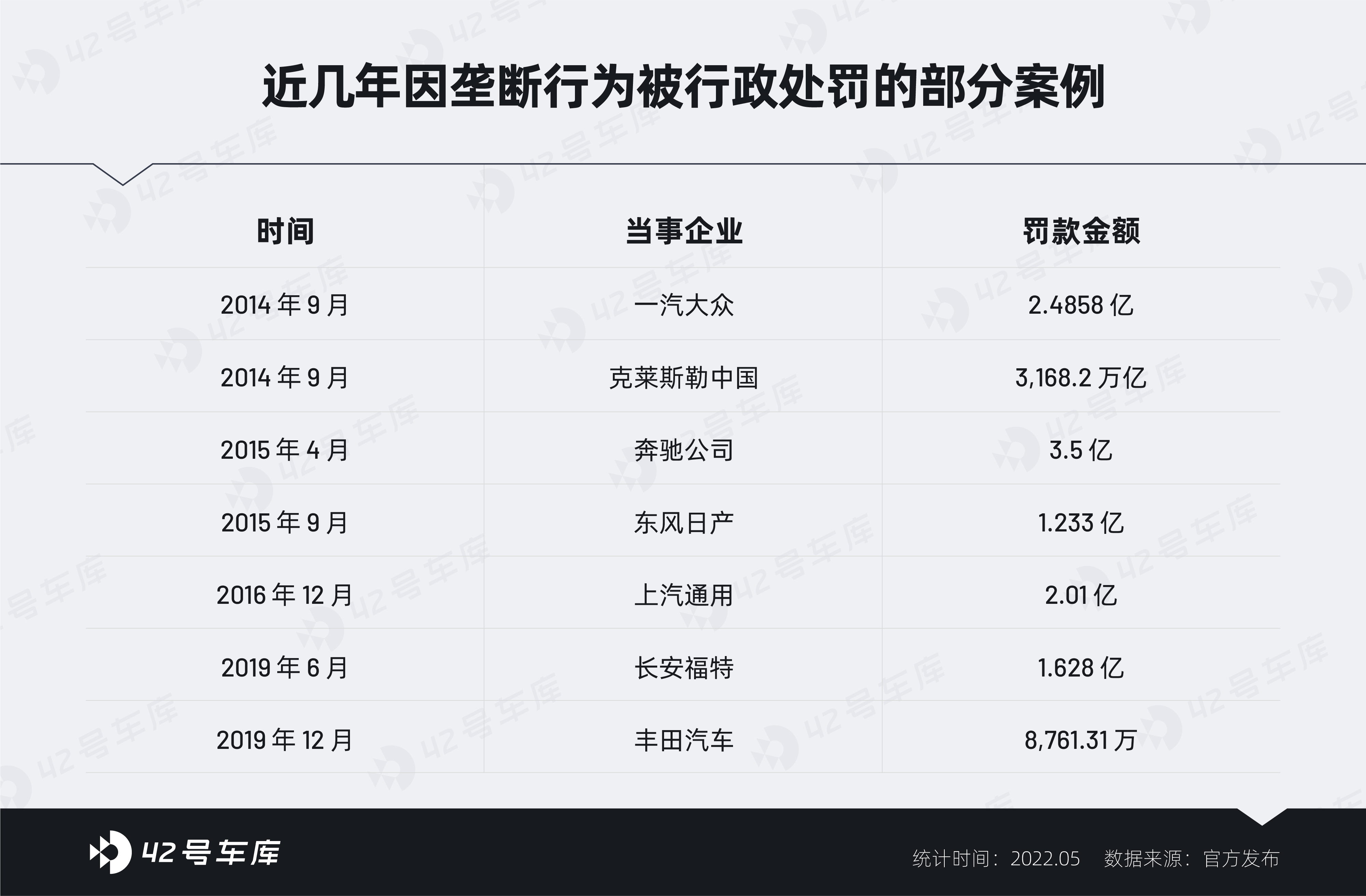 Price collapse directly leads to multi-party comparison by consumers and lengthening of decision-making cycle; Automotive companies face high external customer acquisition costs while also dealing with vicious competition between internal dealers, resulting in constantly rising sales costs; Lack of profitability has also led to a continuous decline in service quality, affecting brand reputation. Therefore, the saying “inventory is the root of all evil” also applies to the automotive industry.
Price collapse directly leads to multi-party comparison by consumers and lengthening of decision-making cycle; Automotive companies face high external customer acquisition costs while also dealing with vicious competition between internal dealers, resulting in constantly rising sales costs; Lack of profitability has also led to a continuous decline in service quality, affecting brand reputation. Therefore, the saying “inventory is the root of all evil” also applies to the automotive industry.
Choosing direct sales to cope with intensified competition and market saturation
Tesla has brought back the direct sales model to the automotive market.
Direct sales and direct operation are two different concepts, direct sales refers to automotive companies directly selling vehicles to users, while direct operation refers to the store being directly managed by the automotive company. Using the concept of “gold, silver, and natural resources are not currencies, but currencies are naturally gold and silver”, can say that “direct sales is not necessarily direct operation, but direct operation is definitely direct sales” (as for the topic of direct operation, we will discuss it in the following issues).
The resurgence of direct sales has a certain social and industry foundation. First, the development and progress of communication media such as the internet give automotive companies the ability to communicate directly with potential users, and the networking properties of new energy vehicles make communication between companies and users more convenient; Second, a more mature supply chain and more flexible production lines make it possible to produce based on orders; Finally, the development of financial models allows companies to obtain more sufficient support for cash flow.
From Tesla to early new forces such as NIO, WM Motor, and XPeng, to now traditional automakers, more and more new energy enterprises have chosen the direct sales model.
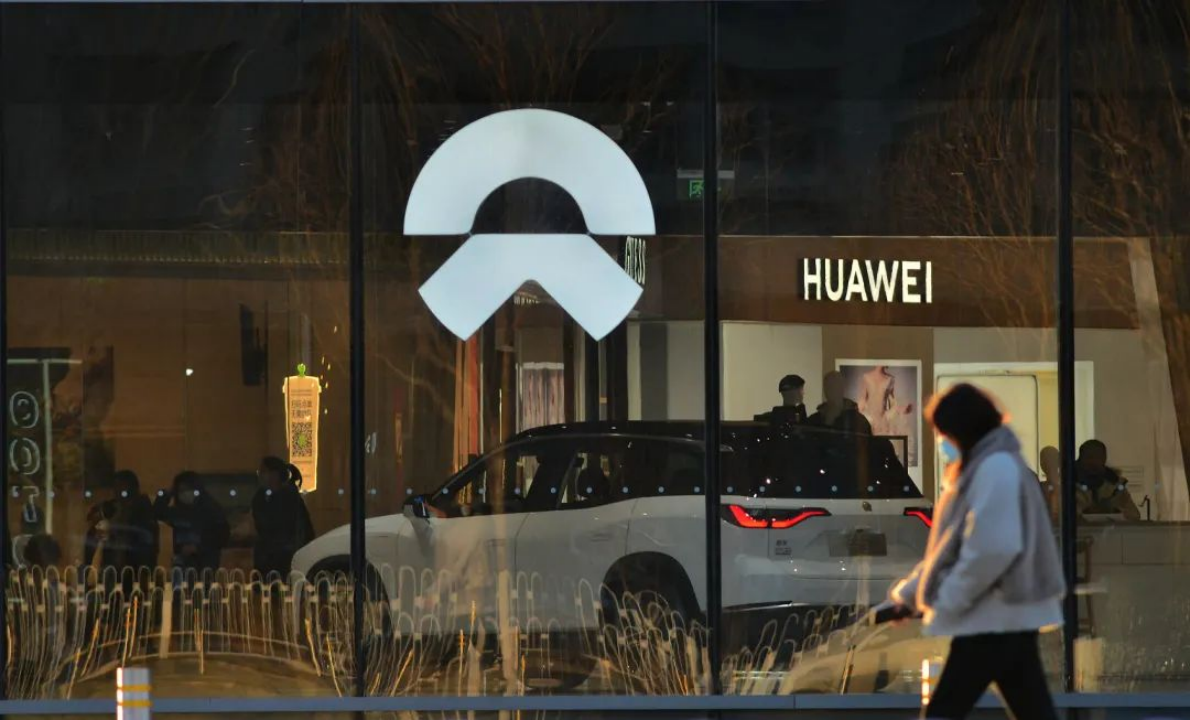
So what makes the direct sales model so attractive?
For users, direct sales makes the car buying process much simpler. Previously, the most important task for users in the car buying process besides deciding on the brand and model was to compare prices. The differences in quotes have made it a daily routine for users to rely on connections to buy a car, which undoubtedly lengthens the user’s car purchase decision-making cycle. Direct sales allows users to focus solely on the company’s products and services without worrying about the actual transaction price. As a user, because the transaction is directly with the automotive company, information about the product can also be communicated more smoothly, and corresponding protection can be improved.For enterprises, unified pricing reduces malignant price competition, avoids domino-effect chain reactions, and greatly reduces sales costs by reducing sales links and malicious bidding. In recent years, in addition to the price difference profit between wholesale and retail prices, a large number of rebate and subsidy policies have also been an important sales cost. Unified pricing has also become the foundation for the electrification of car retail. Prior to this, due to the lack of inventory ownership and pricing dominance, automotive e-commerce has always been a false concept. The electrification of car retail is the core driver of reducing costs and increasing efficiency in car retail. At the same time, direct sales can allow car companies to know exactly how much money they have sold and to whom, in order to accurately grasp the needs of users. Previously, many car companies had to rely on insurance data to partially understand the true sales situation of their products.
All models are not absolute. While direct sales brings many advantages, it also has some problems.
For users, direct sales means transparent prices, but not necessarily cheap prices. When production capacity is sufficient, car companies wholesale products to dealers through “pressure inventory”. Under the pressure of cash flow, dealers often sell at a retail price below the wholesale price, and then obtain profits through new car value-added businesses. Even in 2020, many brands cannot make a profit from new car value-added businesses and rely entirely on after-sales profits to support their operations. On the contrary, in 2021, due to the rise in chip and raw material prices, many car companies reduced production, and the pressure on inventory and cash flow eased, resulting in an increase in dealers’ new car sales profits.
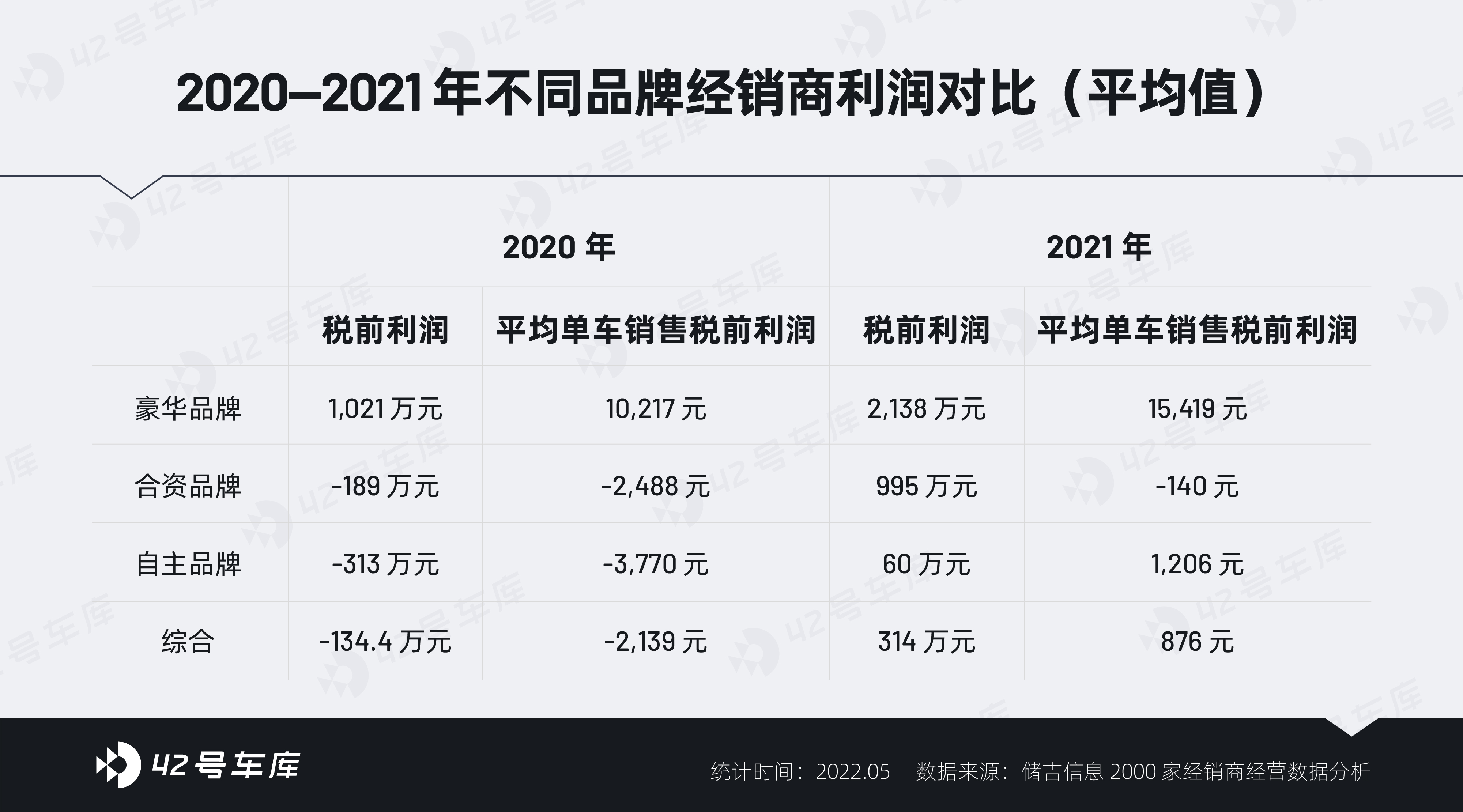
For car companies, direct sales are not a panacea either. Compared with new forces born with the “direct sales” gene, the traditional car companies that first embarked on the direct sales road are “forced” to do so. Because the sales volume of new energy models is poor, dealers are unwilling to wholesale these models, and they will not recommend customers to buy them for in-store sales. Therefore, many car companies make new energy models direct sales, and sell them in parallel with the wholesale of traditional fuel models by dealers. After the rise of new forces, many traditional car companies also regard direct sales as a sales model for new energy models.
Direct sales is essentially disruptive innovation to the system
However, due to internal system pressure and limited capabilities, some car companies have taken the road of “fake direct sales”. The main methods include:
-
E-commerce platforms that collect phone numbers.To cater to the rise and development of e-commerce platforms, many brands are trying to sell cars on platforms such as Tmall, JD, Autohome, and Yiche. However, they quickly found out that it’s impossible to achieve because they don’t control the prices or stock. As a result, car companies can only sell discount packages priced at tens of yuan or even 1 RMB, which are confirmed by dealerships and gifted by the manufacturer to collect phone numbers from potential car buyers. As it developed, these discounts were actually utilized by dealerships to place orders in advance on e-commerce platforms, increasing the bargaining chips for negotiations.
-
Developing applications and following procedures
Some car companies refuse to settle for just opening an online store on an e-commerce platform and instead develop their own app to attract users. However, due to the aforementioned issues, customers still only go through an order process guided by sales consultants after negotiating prices in-store.
- Customized car models and package sales
Many car companies have developed customized configurations based on certain car models in order to solve the problem of not being able to control the final sales price. These customizations only have minor differences and sometimes only have a new name or a lower price, and they still need to rely on other platforms for mass production. Therefore, these e-commerce platforms are just online dealerships.
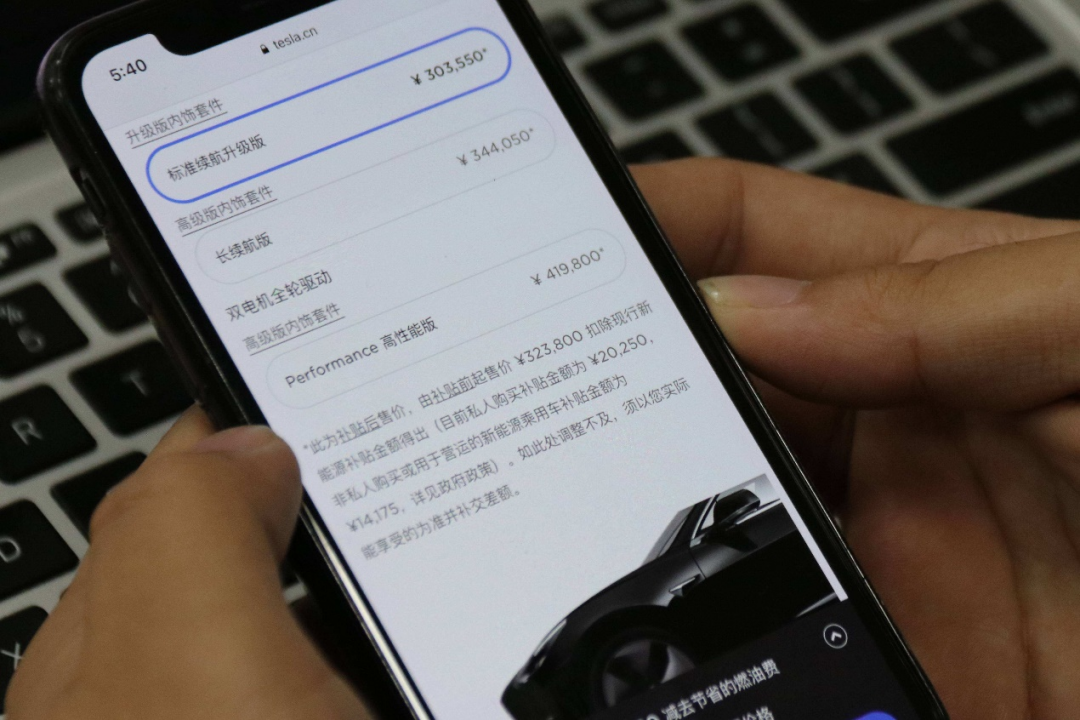
As for the results over the years, besides the continuously increasing sales cost, there hasn’t been much gain. The harsh reality tells them that direct sales is not as simple as just making an app or opening a few online stores. The biggest problem with the direct sales model is that it’s “really difficult” because true direct sales models face a series of challenges.
Veteran car salespeople with accurate user insight can always say, “There’s no car that can’t be sold, only a price that can’t be sold at.” And we all know that “prices are determined by supply and demand”.Under the distribution model, the automaker only has the right to set the guideline price, while the actual transaction price is controlled by dealers. Under the direct sales model, the price is only controlled by the car company, losing the flexibility of market adjustment. Therefore, the ability to define products and set prices based on accurate user insights has become the core. Products and prices are directly presented to users, and the “cost pricing” method buffered by dealers will be completely replaced by “market pricing”. After all, the real retail sales volume will tear off all the fig leaves. Of course, adjustments to prices will be more convenient under the direct sales model, but unified pricing is transparent to old car owners. This is why every time Tesla lowers its prices, a group of “leeks” will be born. Just when everyone thought that Tesla’s frequent price adjustments had fully educated the market, the rights protection encountered by XPeng G3 in 2020 and Ideal ONE in 2021 tells us that users are only adapting to Tesla’s price reductions at a preliminary stage.
From B2B wholesale companies to C2C retail companies, both need to evolve their systems and organizational structures. In traditional car companies, departments revolve around dealers and dealerships, while under the direct sales model, all departments will be facing users. For example, the original marketing department’s advertisements must first ensure that dealers can see them; the original sales department’s task is not to sell cars to users, but to “call” cars to dealers; and most of the original order system’s modules are used to manage wholesale, with only a few used to assist retail.
For example, a new force and a traditional car company both use telephone customer service, and there is a 1:50 difference in the annual sales volume between the two, but the number of seats is 1:10 because under the direct sales model, users are more willing to find the car company itself to solve problems.
The concept of “middle platform” has also been introduced by car companies. In traditional companies, wholesale and retail are often two independent businesses with disconnected business and information flows. Transforming backend resources into capabilities and inputting them to the user end has become an important task for the middle platform. The middle platform includes both business and system middle platforms, rather than just a system or department.
Direct sales bring huge challenges to the integrated management of production, sales, and inventory. First of all, the original production planning method is no longer applicable. Previously, manufacturers could arrange production according to their own supply chain or wholesale orders from dealerships. However, the model where user retail orders go directly to the factory requires extremely strong management capabilities for the tens of thousands of parts in a full vehicle. At the same time, through product configuration planning and data analysis, production efficiency can be improved through forecasting.Inventory management remains a test, as high inventory turnover days mean a need for massive cash reserves. It is especially important to ensure the ability to maintain cash flow through financial leverage. In the early days, new forces in the industry launched numerous customized options to attract customers. With different combinations, one model could generate a minimum of one or two thousand, and up to tens of thousands of configurations. This undoubtedly exacerbates the pressure on production, sales, and inventory. However, Ideal ONE avoided this issue by directly launching a single configuration. Later, reducing configuration options and adopting pre-installed hardware and software sales models gradually became mainstream.
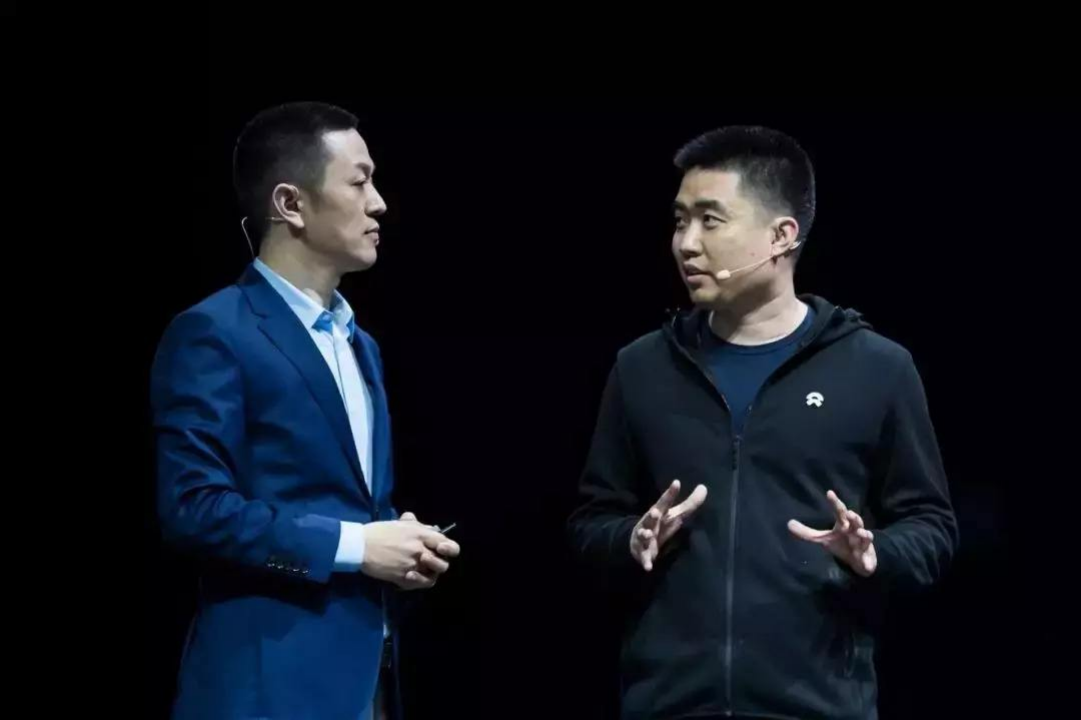
Last but not least: the courage to face the users. The real core of direct sales has always been about truly facing the users. “User-oriented enterprises” have gradually become a slogan for many new energy companies, but often only remained as slogans and “scheduled” user meetings. In recent years, the most common situation has been executives personally participating in sales, but then quickly avoided them after receiving some emoticons from users. Or, they turned to follow the “Jobs” route, but Jobs’ core insight was also towards users. Facing users is neither doing what he says and what I do nor blindly following user input. The former loses an understanding of user needs, and the latter only leads to an uncertain corporate strategy. “How to analyze the real reasons and demands behind the multitude of voices has become the key.” After all, the higher the intent of the user, the more they hope the product comes with more configurations at lower prices.
The biggest challenge car companies often face is that they cannot make users who are deeply involved in the product understand the complexity of the manufacture and circulation of cars. In fact, users do not need to understand; sincere communication can solve problems because there is a common demand between the auto industry and the user: to create better products at lower costs, and then share the results.
The choice between direct and distribution sales models is not a subjective decision but rather an objective result of development. There is no right or wrong choice. The challenges that need to be solved are the full-scale reshaping of organizations, systems, production, logistics, markets, and other areas that have formed in the last twenty years of the automotive industry behind the direct sales model.
This article is a translation by ChatGPT of a Chinese report from 42HOW. If you have any questions about it, please email bd@42how.com.